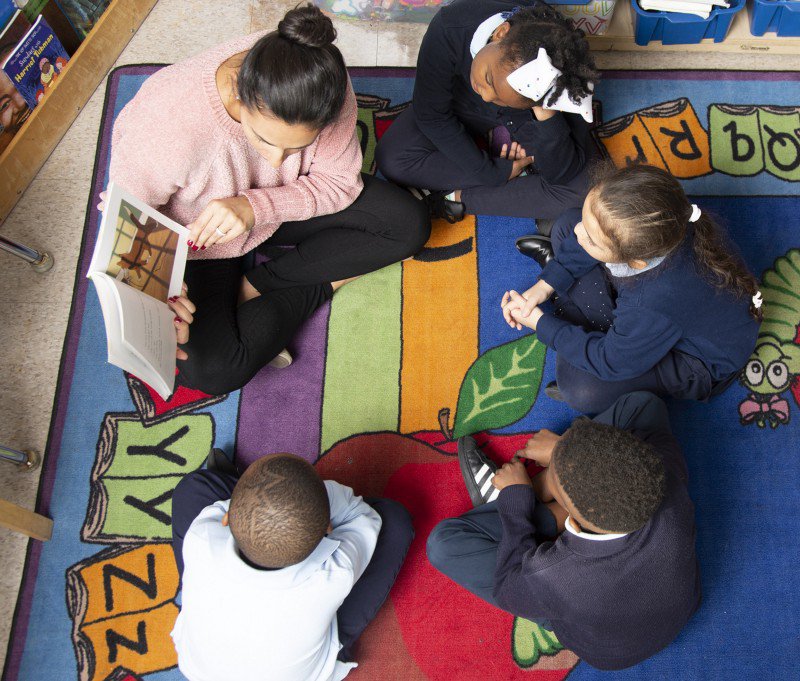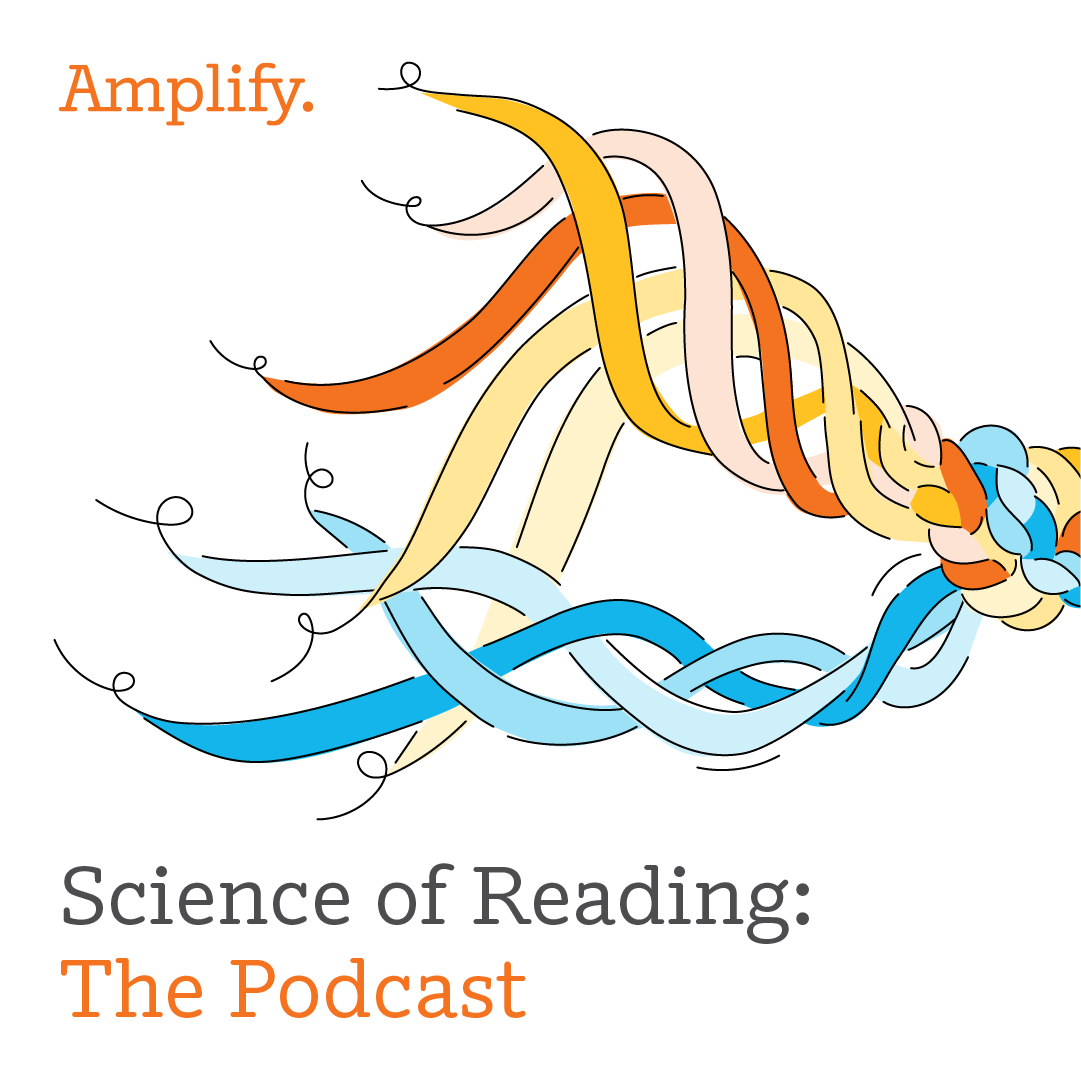
Welcome back to Science of Reading: The Podcast!
As educators, we’re often reminded of the importance of early intervention, but hear little about the science behind it. What happens when students aren’t identified as at-risk for reading difficulty early enough? What about when they are and receive intervention? And importantly, how does this all connect to dyslexia?
We want to make sure that we find everyone who is struggling with learning to read and make sure that everyone gets to experience the joy of learning to read.
— Dr. Nadine Gaab
In this episode, Susan Lambert joins Dr. Nadine Gaab to discuss dyslexia and the developmental progression of the brain, and the behavior of students as they learn to read. Dr. Gaab, an Associate Professor of Education at the Harvard Graduate School of Education, focuses on both typical and atypical learning trajectories from infancy to adulthood, with a special emphasis on language and reading development and the role of the environment in shaping these trajectories. Dr. Gaab provides further insight into these developmental trajectories in this episode, especially as they relate to early intervention for at-risk students. She differentiates between early diagnosis of dyslexia versus early identification of at-risk students, adding nuance and complexity to the discussion of dyslexia by emphasizing the ways educators can ensure that all students experience the joy of learning to read.
Tune In Below!
For more wisdom and research on the best ways to teach reading, subscribe to Science of Reading: The Podcast.



